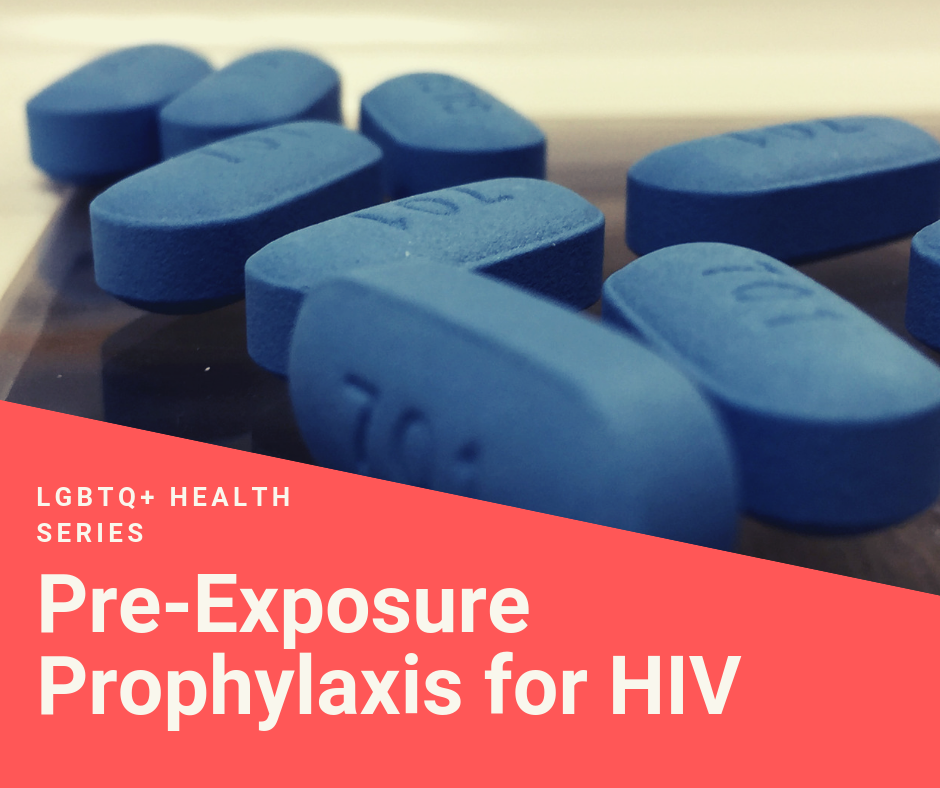As dermatologists, we are well-versed in the sequelae of HIV infection. Thankfully, HIV is now manageable for most patients due to the availability of highly active antiretroviral therapy (HAART). Pre-exposure prophylaxis (PrEP) is an HIV prevention strategy in which some of the same medications used in HAART regimens are taken by patients who are at risk for HIV infection in order to prevent seroconversion. PrEP has revolutionized how the medical community approaches HIV prevention, yet many dermatologists are not familiar with the details. Here’s what dermatologists need to know about PrEP.
What is PrEP?
As mentioned above, PrEP is a strategy in which antiretroviral medications are administered to HIV negative patients in order to prevent HIV infection. The only medication currently FDA approved for this use is emtricitabine 200 mg /tenofovir 300mg (trade name Truvada™) which is taken as a once daily oral pill. Other medications are currently under investigation to be used as PrEP including additional oral medications and depot injections. Emtricitabine 200mg/tenofovir alafenamide 25mg (trade name Descovy™) is likely to be the next medication FDA approved as a PrEP regimen. PrEP is usually prescribed by a primary care physician. Patients are tested for HIV and STIs prior to starting PrEP and on a quarterly basis thereafter.
Who should be on PrEP?
Current FDA guidelines outline patients who are at high risk for HIV infection. Broadly, this includes men who have sex with men (MSM), heterosexual men and women with multiple sexual partners and inconsistent condom use and injection drug users who share injection equipment. Another important at risk cohort are patients of any sexual orientation in a serodiscordant couple (consisting of one HIV- and one HIV+ person). Clinical trials have found that daily PrEP use reduced HIV transmission by 86% in MSMand 75% in heterosexual men and women. The use of PrEP for transgender women has been minimally studied, though expert opinion tends to include this demographic as an at-risk population which would benefit from PrEP.
What side effects should I know about?
While PrEP is generally well tolerated, some patients experience minor GI symptoms when starting the medications. Emtricitabine/tenofovir has also been found to cause transient decreases in kidney function which stabilize over time, and osteopenia. From a dermatologic standpoint, rash has been found to be an uncommon side effect and has not been well characterized. While HAART is known to cause lipodystrophy and fat redistribution, this has not been demonstrated as common in patients on PrEP.
What about other STIs?
This is a controversial topic, especially when it comes to MSM patients. While some population studies have shown declining condom use and increasing rates of STIs like syphilis concurrently with trends toward increased PrEP use, a causal relationship has not been shown between these factors. Furthermore, the screening practices necessary to administer PrEP may be contributing to rising prevalence of STIs by detecting asymptomatic cases of these infections that would not have been detected otherwise. In this way, the use of PrEP may eventually lead to an overall decline in STI rates by allowing these otherwise silent cases to be treated before further transmission can happen.
How should I change my practice with this information?
PrEP is a great tool for preventing HIV infection. While dermatologists typically do not administer PrEP, we can identify patients in at-risk groups and refer them appropriately. When making a diagnosis of an STI such as syphilis or genital HSV infection, think about taking a sexual history and discussing your patient’s risk factors. If you think your patient would benefit from PrEP, ask them to discuss it with their PCP or a trusted primary care colleague to whom you can refer them.
Did you enjoy this post? Find more on LGBTQ+ Care here.
Photo credit: Creative Commons Pre-Exposure Prophylaxis (PrEP) by NIAID, licensed under CC BY 2.0

